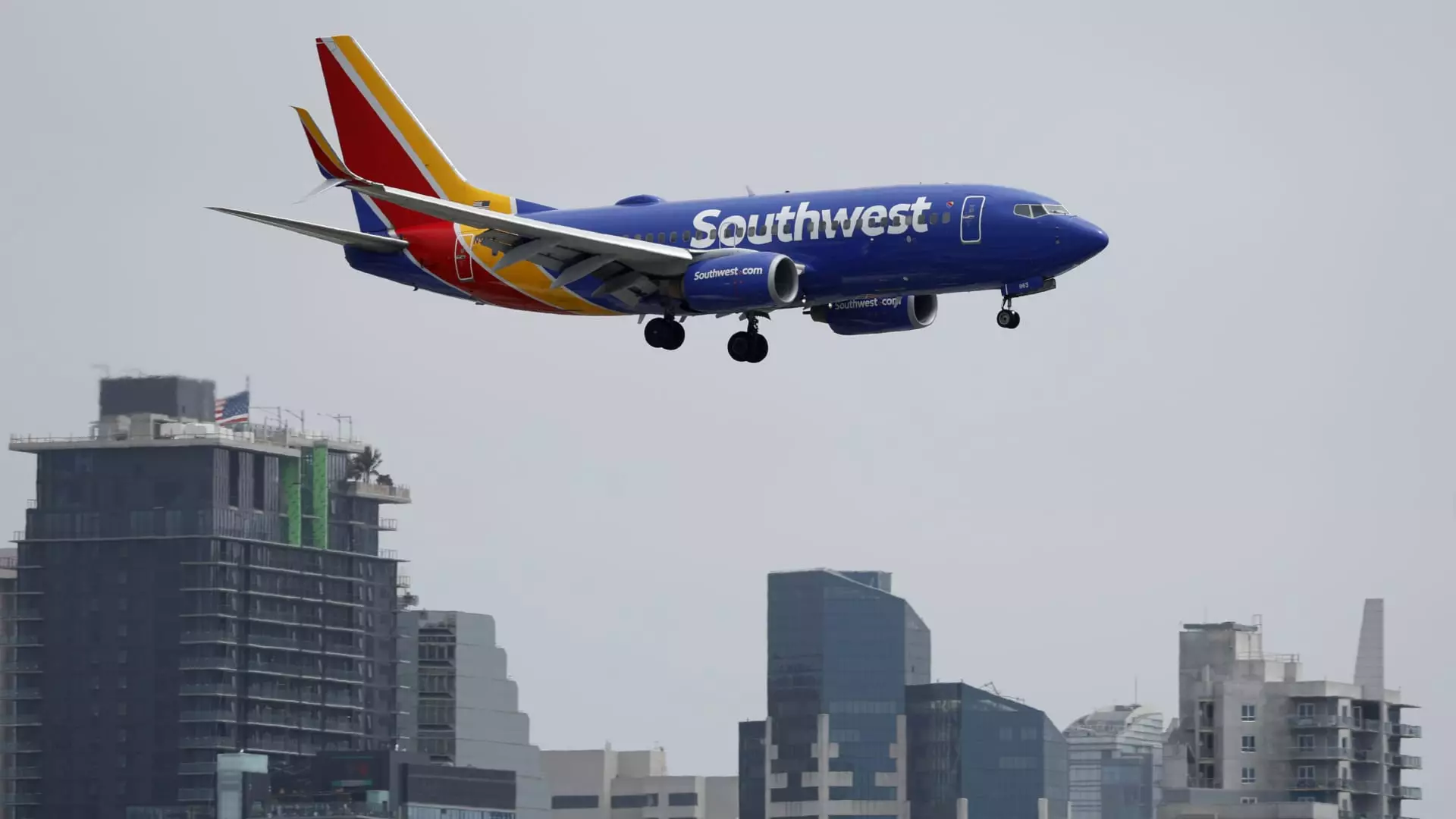Southwest Airlines, a staple in the American aviation landscape, is undergoing a significant transformation as it grapples with rising financial pressures and demands for corporate adjustments from activist investor Elliott Investment Management. The urgency for reform reflects broader trends in the airline industry, where profitability has become a primary concern in the wake of increased competition and shifting consumer preferences.
In response to these pressures, Southwest has embarked on an ambitious overhaul of its operational model, which has remained largely unchanged for over five decades. The introduction of assigned seating, a shift away from the airline’s long-held tradition of open seating, signals a significant pivot toward enhancing customer options and potentially increasing revenue per passenger. This move, alongside plans to offer premium seats with added legroom at a higher cost, represents Southwest’s intent to adapt in a rapidly evolving marketplace that increasingly prioritizes passenger comfort and choice.
Moreover, the decision to initiate red-eye flights broadens the airline’s appeal to both leisure and business travelers, thereby increasing its market reach. Additionally, Southwest’s strategic partnerships with platforms like Google Flights and Kayak are crucial steps toward modernizing its booking processes and appealing to a younger demographic that frequently utilizes online travel resources for their arrangements.
However, as indicated by COO Andrew Watterson, these changes alone may not suffice to restore the airline’s financial health. In a video message delivered to employees, Watterson highlighted the necessity for further network changes aimed at bolstering profitability. The reference to “difficult decisions” stirred concerns among staff, signaling that although layoffs are not on the immediate horizon, potential shifts in operational focus, including route reductions and strategic reallocations of resources, could occur.
Such discussions emphasize the airline’s drive to streamline operations and reduce costs—an approach that mirrors strategies employed by competitors like JetBlue, who have strategically cut routes to enhance profitability on the flights that remain. This shift hints at a broader industry trend—the need for airlines to focus on efficiency and profitability in an era where consumer expectations are continuously evolving.
Corporate governance also plays a significant role in Southwest’s restructuring efforts. The influence of Elliott Investment Management, which has advocated for leadership changes within the company, has brought renewed scrutiny to existing management practices. Gary Kelly, the executive chairman and former CEO, has announced his upcoming departure, indicating a potential shift in strategic direction. This leadership transition could allow for fresh perspectives on managing the airline’s trajectory in an increasingly competitive market.
As Southwest prepares to unveil more details about its shifts and restructuring efforts during its investor day, industry stakeholders are keenly observing how these developments will affect the company’s long-term viability. The airline industry’s recovery post-pandemic remains fragile, and Southwest’s ability to adapt effectively will be crucial as it navigates the complexities of modern air travel. The upcoming weeks can serve as a pivotal moment for Southwest Airlines as it attempts to balance employee concerns, passenger satisfaction, and investor demands while steering towards a more profitable future.


Leave a Reply